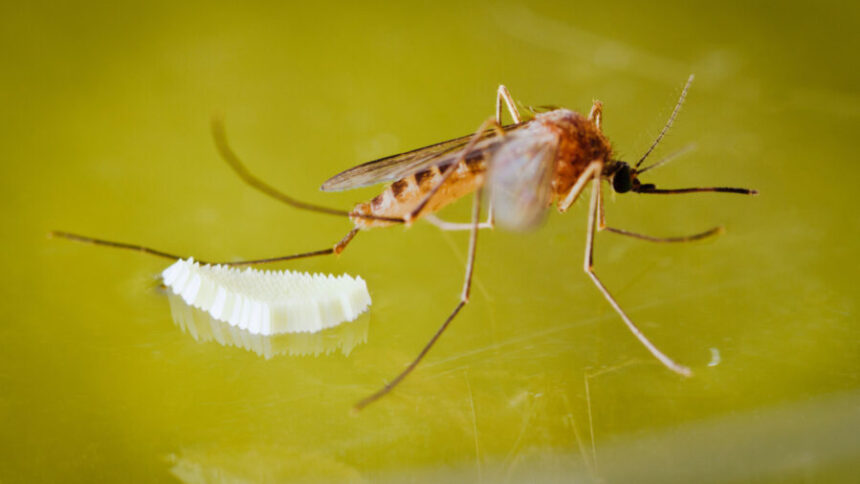Mosquitoes are more than just a nuisance—they are vectors of serious diseases such as malaria, dengue, Zika virus, chikungunya, and West Nile virus. With over 3,500 species worldwide, these tiny insects have a significant impact on public health. Understanding mosquito treatment involves both preventing bites and managing infestations, as well as treating the symptoms and complications that can arise from mosquito-borne illnesses.
Understanding the Mosquito Threat
Mosquitoes thrive in warm, humid climates and lay eggs in standing water. Female mosquitoes feed on human and animal blood to nourish their eggs, and in the process, they can transmit pathogens. As a result, controlling mosquito populations and preventing bites are crucial components of public health efforts in many parts of the world.
Prevention: The First Line of Defense
The most effective mosquito treatment is prevention. There are several proven methods to keep mosquitoes at bay:
- Eliminate Breeding Grounds:
Mosquitoes lay eggs in stagnant water, so removing or regularly emptying containers such as birdbaths, buckets, flowerpots, and clogged gutters can reduce local mosquito populations. - Use Mosquito Repellents:
Topical repellents containing DEET, picaridin, or oil of lemon eucalyptus can help prevent bites. These products are typically safe when used as directed and offer hours of protection. - Wear Protective Clothing:
Wearing long sleeves, long pants, and socks, especially during peak mosquito hours (dawn and dusk), reduces exposed skin and minimizes the risk of bites. - Install Barriers:
Window and door screens, mosquito nets, and even outdoor mosquito curtains can provide a physical barrier between people and mosquitoes, especially in areas where air conditioning is unavailable. - Consider Natural Repellents:
Planting mosquito-repelling plants like citronella, lavender, marigolds, and basil around homes and gardens may offer mild deterrent effects. While not as effective as chemical repellents, these can complement other treatments.
Mosquito Control: Managing Populations
In addition to personal protection, controlling mosquito populations in the environment is key. Local and regional public health departments often conduct mosquito abatement programs. These can include:
- Larvicides:
Applied to water sources, larvicides kill mosquito larvae before they can mature. Products like Bti (Bacillus thuringiensis israelensis) are commonly used and pose little risk to humans and pets. - Adulticides:
Spraying insecticides to kill adult mosquitoes is another common approach, especially during outbreaks. These treatments are often delivered via truck-mounted or aerial spraying systems. - Biological Controls:
Introducing natural predators such as fish (e.g., Gambusia affinis) or using bacteria that target mosquito larvae can help maintain ecological balance while controlling mosquito populations. - Genetic and Technological Innovations:
Emerging solutions include genetically modified mosquitoes designed to reduce reproduction and the use of traps that attract and kill mosquitoes using carbon dioxide or heat signatures.
Treating Mosquito Bites
Despite best efforts, mosquito bites still happen. Most bites result in minor irritation, but proper care can ease discomfort and prevent complications.
- Immediate Relief:
Washing the bite with soap and water and applying an over-the-counter anti-itch cream, such as hydrocortisone, can reduce inflammation. Oral antihistamines can also help relieve itching and swelling. - Avoid Scratching:
Scratching can break the skin and increase the risk of infection. Keeping fingernails trimmed and covering the bite with a bandage can help deter scratching. - Treating Infections:
If a bite becomes red, swollen, warm, or pus-filled, it may be infected. In such cases, medical treatment with antibiotics might be necessary.
Mosquito-Borne Illnesses: Know the Signs
In regions where mosquito-borne diseases are prevalent, it’s important to monitor for symptoms such as fever, rash, joint pain, and fatigue. Early detection and treatment of illnesses like dengue or malaria can prevent serious complications. If someone experiences high fever, persistent headache, or any unusual symptoms after a mosquito bite, they should seek medical attention promptly.
Conclusion
Mosquito treatment is a multi-faceted approach that combines prevention, environmental management, and medical care. While individual efforts—like using repellents and eliminating standing water—are essential, community-wide strategies play an equally important role in reducing mosquito populations and the spread of disease. With continued public education and innovation in mosquito control, we can significantly mitigate the impact of these persistent pests.

